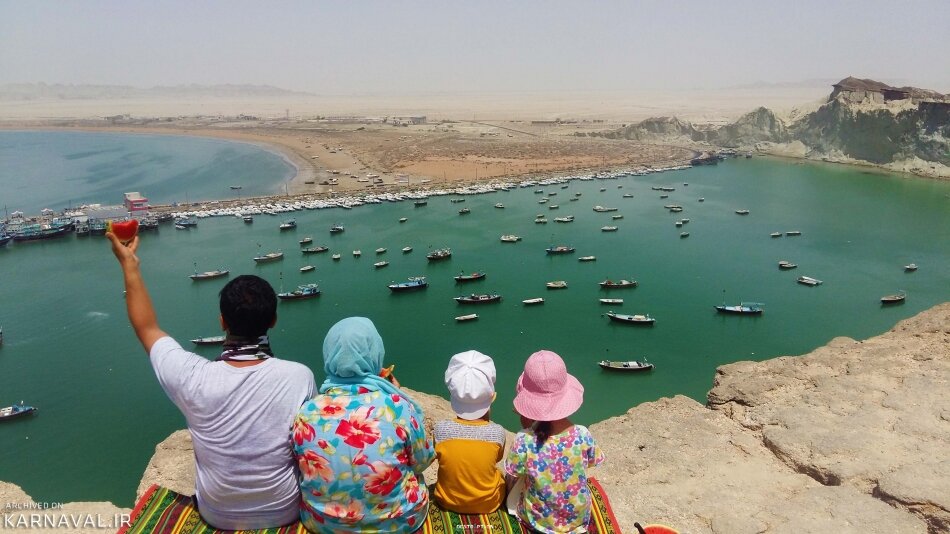Maritime heritage: key to future tourism and development

TEHRAN – The Persian Gulf, the Sea of Oman, and the Caspian Sea have provided Iran with unique opportunities to drive and boost economic growth in terms of sea-based tourism.
The uniquely distinct northern and southern coasts of Iran are well-positioned for maritime tourism given their great natural beauty, inviting seaside climates, and extensive coastlines. However, what they need is the development of infrastructure and facilities required for the expansion of the sector.
The country’s extensive coastline includes 750 km along the Caspian Sea and around 2250 km along the Persian Gulf and the Sea of Oman, each situated in distinct regions with different seasonal qualities and recreational opportunities.
Coastal tourism, often seen as an important part of an economic development strategy, refers to land-based activities such as swimming, surfing, sunbathing, and hydrotherapy. This sector holds a high employment capacity, with each job in the field generating four additional jobs.
According to the UN Trade and Development (UNCTAD), the value of the blue economy relating to sea-based development is estimated at around $3 trillion. Coastal and maritime tourism is the largest sector of the EU blue economy in terms of gross value added and employment. In fact, over half of the EU’s bed capacity is located in regions with a sea border, Press TV reported.
Iran’s maritime tourism, if developed properly, could tap into significant economic growth. With 190,000 square kilometers of sea area and 5,800 kilometers of coastline, Iran is a maritime country where marine economic development should be an integral part of the national economic development strategy. This mirrors the global trend, where many economic strategies for coastal regions around the world include tourism as a key component.
For Iran, some of the ideal candidates for tourism development are the Hormuz and Qeshm islands in the Persian Gulf. These islands have great potential to attract tourists due to their numerous historical monuments. The Persian Gulf, with its beautiful islands that serve as habitats for migratory birds, unique marine species, and marine corals, is rich in tourism potential. However, currently, only in a limited area of Kish Island, which is a free trade zone, are the sea’s tourism capabilities being utilized.
Chabahar and Bandar-e Gavater beaches along the Sea of Oman are prime locations for science tourism, geomorphology and coastal geology, coral studies, fisheries, and diving, activities that have garnered global attention for their natural grandeur.
The Caspian Sea’s coastline, coupled with its rolling Hyrcanian forests and historical relics, has long been a popular destination for nature lovers and hikers. The region is dotted with resorts, ancient monuments, and attractive tourist destinations. Anzali, the most important seaport on the Caspian Sea, is renowned for its premium caviar and links Iran to the Caspian and Eurasian states via sea, land, and air transport.
The benefits of developing Iran's maritime tourism are numerous. By doing so, Iran can foster significant economic growth, provide jobs, and present a positive image of the country to international tourists. As half of the world’s population lives within 100 miles of a coastline, and with coastal tourism poised to expand in the coming decade, Iran is in an excellent position to harness its maritime treasures.
AM
